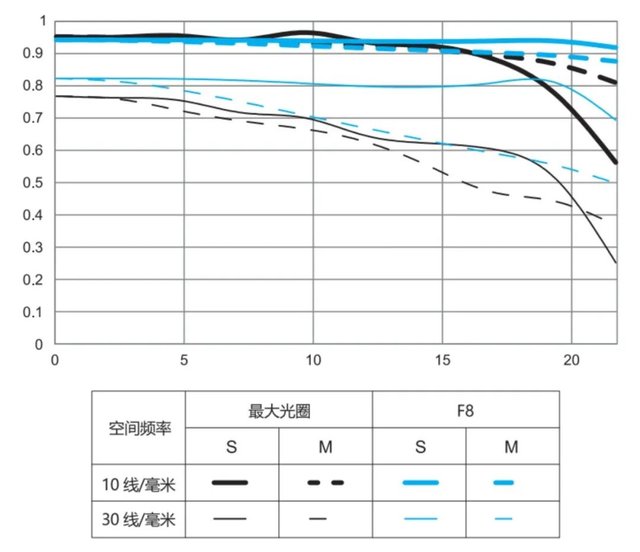Review:Yongnuo YN 85mm f/1.8Z DF DSM lens for Nikon Z-mount cameras
Chinese optics manufacturer Yongnuo has announced its latest autofocus lens, the 85mm f/1.8Z for Nikon Z mirrorless cameras, one year after the manufacture introduced YN 50mm f/1.8S DF DSM Lens for Sony E-mount Cameras.
Yongnuo, for those of you who don't know it, is a manufacture who is well-known for producing affordable lenses like its 50mm f/1.8Z DF DSM for Nikon Z-mount cameras.
In this article, you will see the tests on autofocus and sharpness of the YN 85mm f/1.8Z DF DSM lens as well as our shooting experience for reference. By the way, the lens’ release appears to be limited to China, for now.
Design
The lens is comprised of nine elements in eight groups, including one low-dispersion element and one high-refractive element. It adopts a seven-blade aperture diaphragm, has an aperture range of F1.8 through F16. The front filter thread is 58mm with the minimum focusing distance of 80cm(31.5in).
Yongnuo maintains its traditional black and white style in the packing on which presents the optical structure and key specifications of the lens.
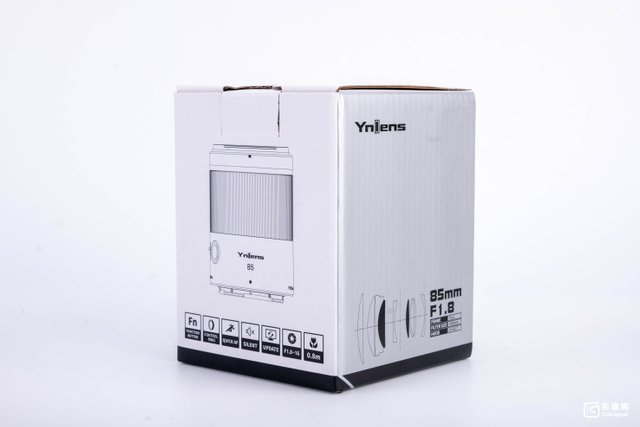
In the box, you’ll find the lens, front and back caps, a lens hood, an instruction, a product certification and a warranty card.
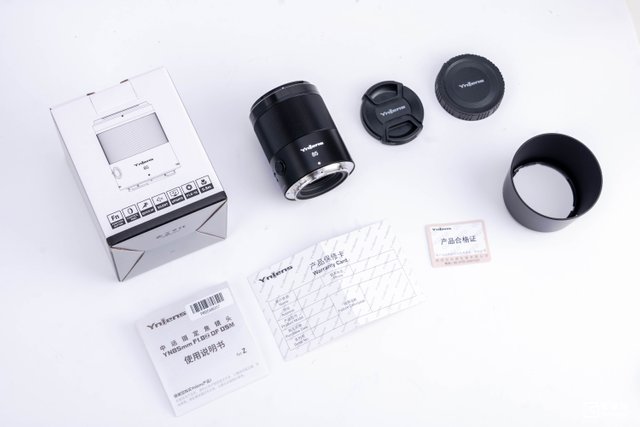
All of YN 85mm lens, YN 85mm f/1.8R, YN 85mm f/1.8S and YN 85mm f/1.8Z are constructed of the same optical structure, but they differ in subtle ways, with specific improvements based on the characteristics of targeted cameras.
The YN 85mm f/1.8Z DF DSM is basically an optimized version of the YN 85mm f/1.8S lens. Their optical structure, buttons and USB Type-C port are similar, except that the new lens abandons the red ring. Instead, the lens barrel is black and white, very simple and elegant.
The YN 85mm f/1.8Z DF DSM, designed for Nikon Z-mount cameras, is a lightweight prime lens with a maximum length of 89mm (without the lens hood) for a diameter of 68mm and a weight of 405g(14.3oz).
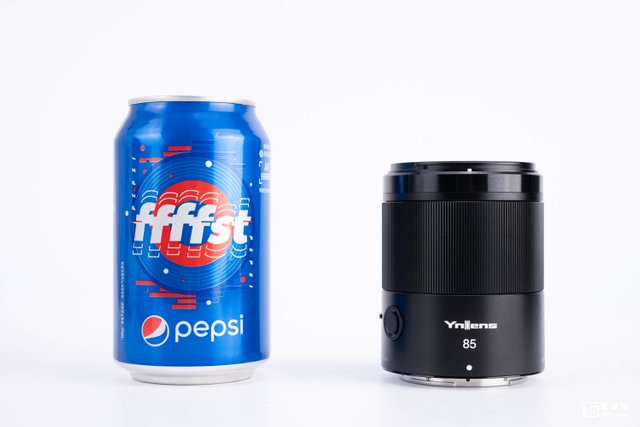
With the addition of the lens hood, the total length of the lens becomes about 139mm. However, there will be no significant weight change as the lens hood is plastic-made and simply designed.
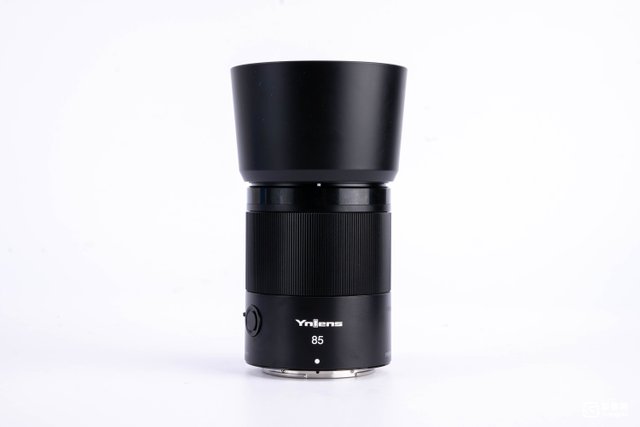
On the lens body, you’ll find a significant focus ring, an AF/MF switch button, and a user-programmable Function button.
The focus ring is equipped for precise focusing and also customizable with linear and stepless settings adjusted in Nikon Z-mount cameras, which is helpful for video shooting. In practice, the focus ring rotates smoothly with moderate damping.
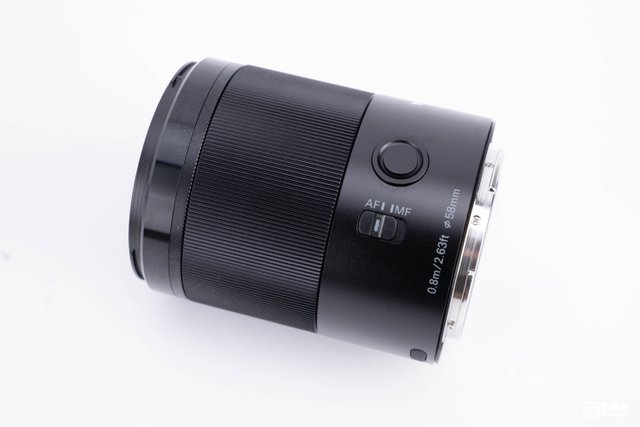
The lens barrel features a USB-C port for firmware updates.
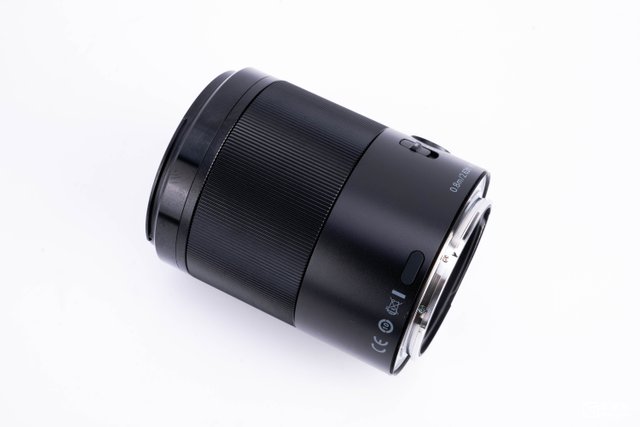
The lens has an aperture range of f/1.8 through f/16 and a 58mm of front filter thread.
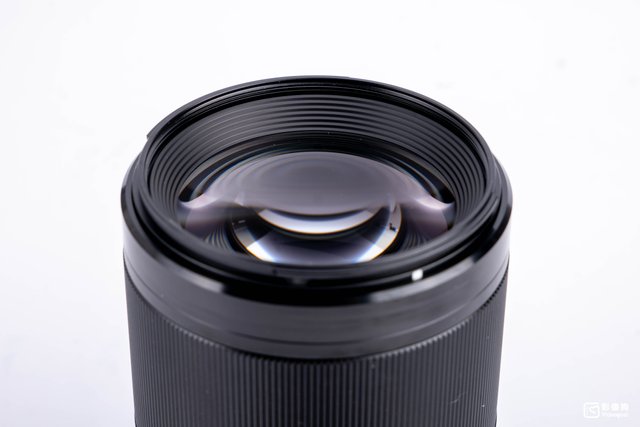
The thread-designed forefront of the lens can effectively reduce glare and reflection. In addition, at certain angles, the coating of the lens shows a beautiful emerald green hue, no stray light, more transparent.
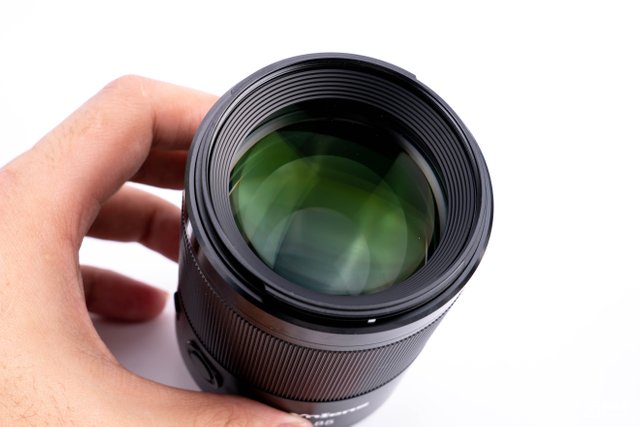
.png)
On top of that, there is a rubber ring around the edge of the mount as the lens is dust and drip-proof. The mount itself is fixed with four screws for enhanced protection. Looking inside, you can clearly see the 11 gold-plated contacts, a symbol of autofocus and the ability to transfer lens information to the Exif data.
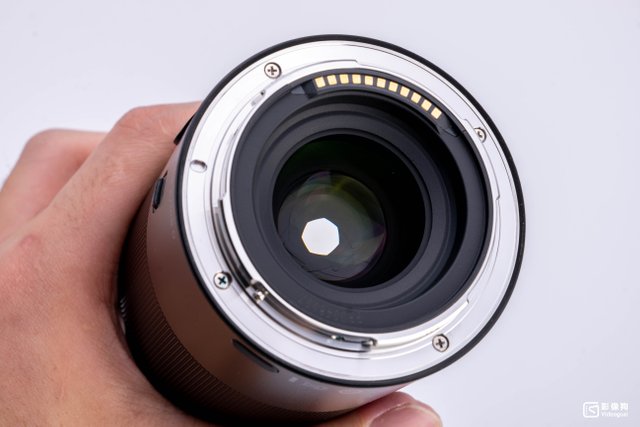
Performance test
During testing, we had the opportunity to work with the YN 85mm f/1.8Z DF DSM, along with Nikon Z6. Note that the tested lens is an engineering sample, and the commercial version shall prevail.
Yongnuo has been providing MTF data for the new lens. When it comes to providing lens performance data, the MTF chart contain the following data:
· Lens performance at the maximum aperture and f/8
· Sagittal and Meridonial Contrast and Resolution figures at 10 lines/mm and 30 lines/mm
· Astigmatism and Lateral Chromatic Aberration
The thick lines represent contrast measurements (10 lines/mm), while the thin lines represent resolution (30 lines/mm). The black lines show performance at maximum aperture, while the blue lines show performance at f/8. The solid lines represent Sagittal measurements, while dotted lines represent Meridonial measurements.
Now, let’s look at the lens performance. First, we will look at the black lines, which represent contrast and resolution of the lens at the maximum aperture of f/1.8. Looks like the contrast of the lens is very good in the center, which obviously gets worse towards the extreme corners. Resolution is very good at the center and it gradually falls off towards the extreme corners, where it is pretty weak. The Sagittal and Meridonal lines do separate at the extreme corners for the thicker 10 lines/mm spatial frequency (contrast), but not so much for the 30 lines/mm (resolution), which means that astigmatism and lateral chromatic aberration is less pronounced on fine patterns.
Stopped down to f/8, the performance of the lens improves a lot. Contrast is good from the center to the extreme corners, while resolution is also good. And lateral chromatic aberration is improved.
From this, we might draw a conclusion that this performance quality makes YN 85mm f/1.8Z DF DSM ideal for portraits.
001
Sharpness
We know that resolution describes how much detail a lens is capable of capturing. We’ll use ISO 12233 charts with YN 85mm f/1.8Z DF DSM at an aperture range of f/1.8 through f/16 and show you 100% crops at the center and corners. It’s clear that the sharpness at f/1.8 demonstrates excellent and declines slightly with the shrunk aperture.
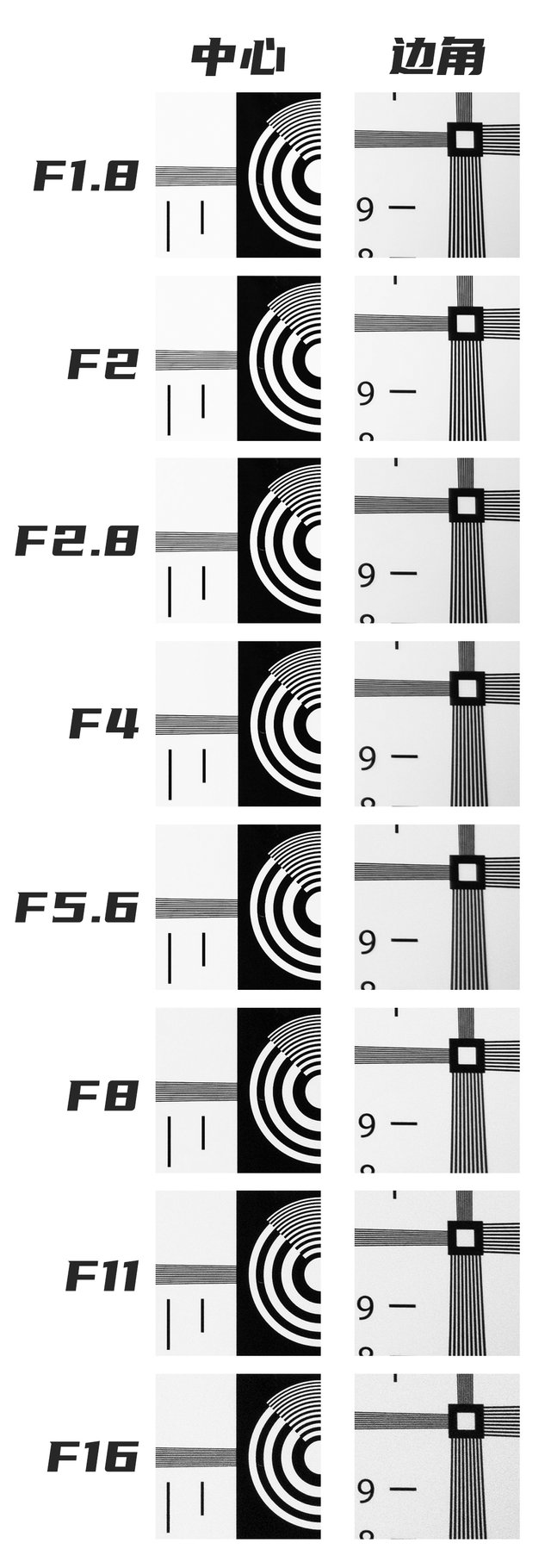
002
Bokeh
As we all know that, what’s fantastic about the 85mm lens is that it creates a blurry background. With the blurry background, it’s an excellent opportunity to have your subject front and center!
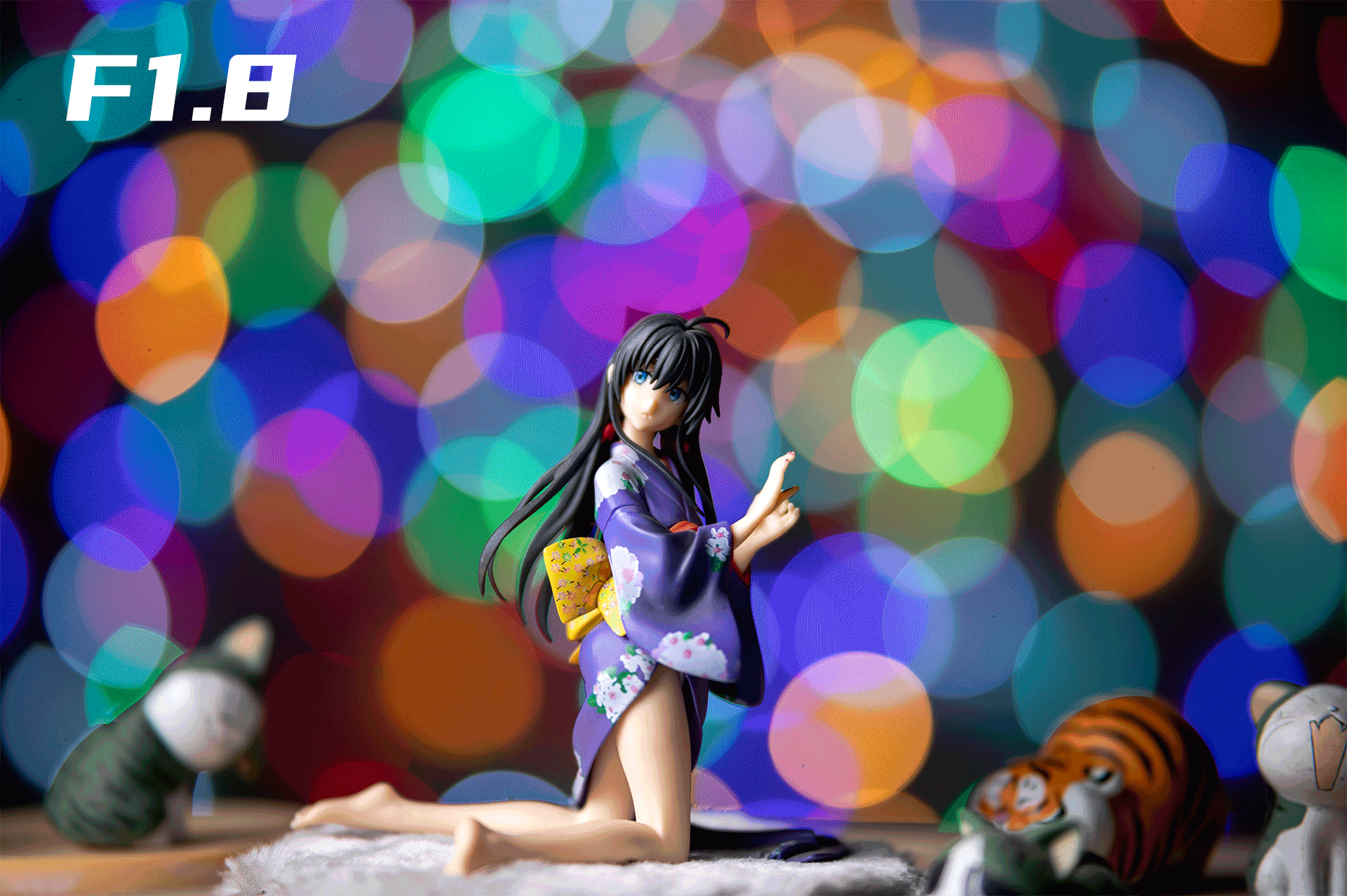
At F1.8, clean and soft faculae appear, while become lemon-like at edges due to vignetting. The angles between the aperture blades are visible at F2.8, and faculae has a seven-sided shape, with the angles becoming more pronounced as the aperture shrinks. At F11, starburst faculae show up.
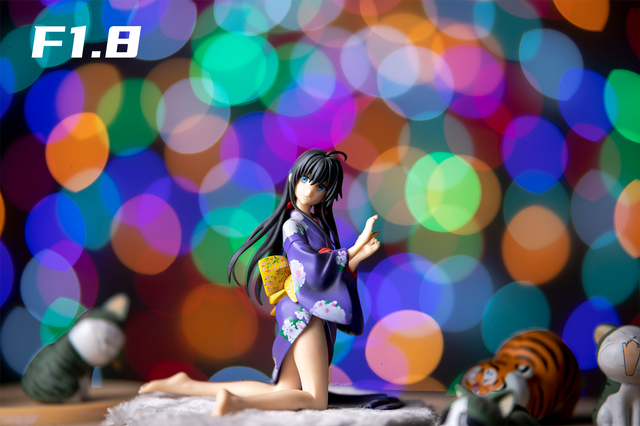
003
Vignetting
From the GIF, you can see the visible vignetting at f/1.8, which slowly decreases as the aperture is shrunk. At F4, there are almost no vignetting in the image.

004
Lens distortion
You can see that there is a relatively obvious pincushion distortion in the image. For those who pursue straight lines in photographs, you will need to correct it in the post-production program when using the 85mm lens.
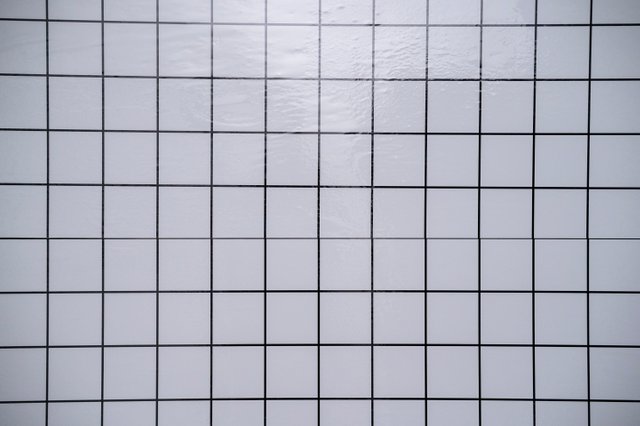
005
Chromatic aberration
There is more evidently chromatic aberration at f/.8. But, this is slightly improved at F2, and at F2.8 chromatic aberration basically disappears.
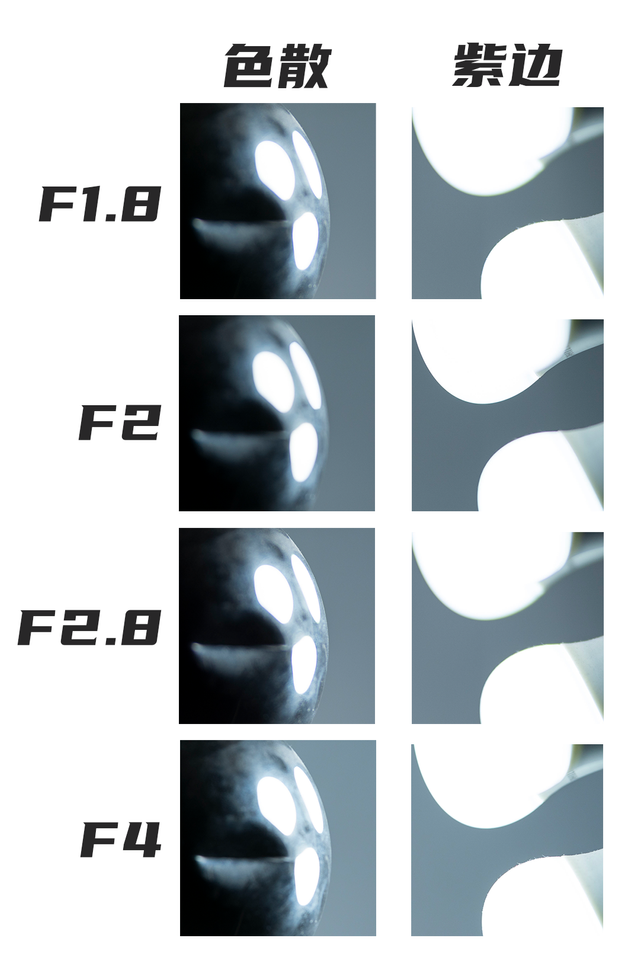
006
Focus breathing
Focus breathing is a term that describes the change in focal length that occurs as a result of adjusting the focusing distance of a lens. As focus is adjusted from close focus to infinity, focus breathing causes noticeable changes in both angle of view and magnification. We set the camera on a tripod, then rotated the focus ring between the fore and after garage kits and saw if the image seems to “zoom out” as we focus. Unfortunately, the answer is yes, so focus breathing exists. Note that the tested lens is an engineering sample, and the commercial version shall prevail.
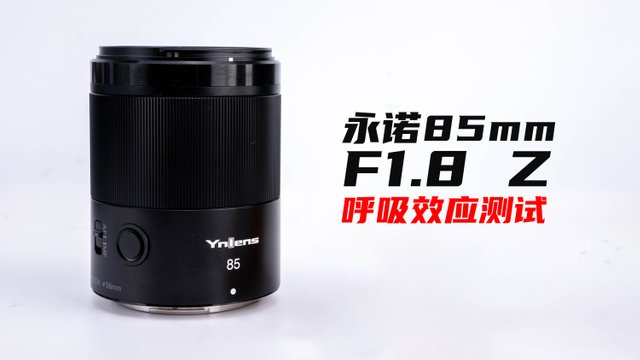
007
Autofocus performance
We tested the lens placed on the Nikon Z6 at three speeds: slow, normal and fast. When moving slowly and quickly, the lens can follow the focus precisely, expect the situation in which the object is moving backward, the focus cannot response quickly, and the “convulsion” focus shows up.
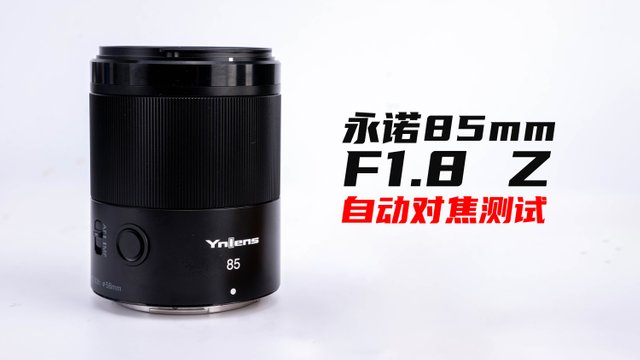
008
Focus in low light
We tested at four stops of exposure (3 under to 0). From the video below, we can see that the lens can focus precisely yet slowly, and the focusing process will be repeated even if the subject has been recognized.
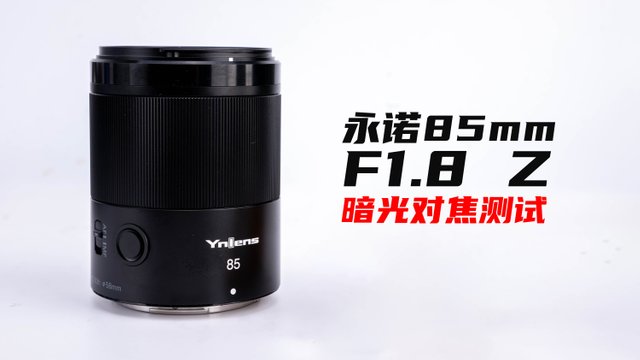
Actual experience
The YN 85mm f/1.8Z DF DSM blazes a new trail in its product lines. Here, we work with Nikon Z6 to test it in practice.
It’s said that popular portrait lens focal lengths are 35mm, 50mm and 85mm, with the 85mm lens being the best of all.
The YN 85mm f/1.8Z DF DSM has a closest focusing distance of 80cm(31.5in). As a result, there is a clear advantage in portrait shooting, that is, a long-range shooting is less likely to affect the subject.
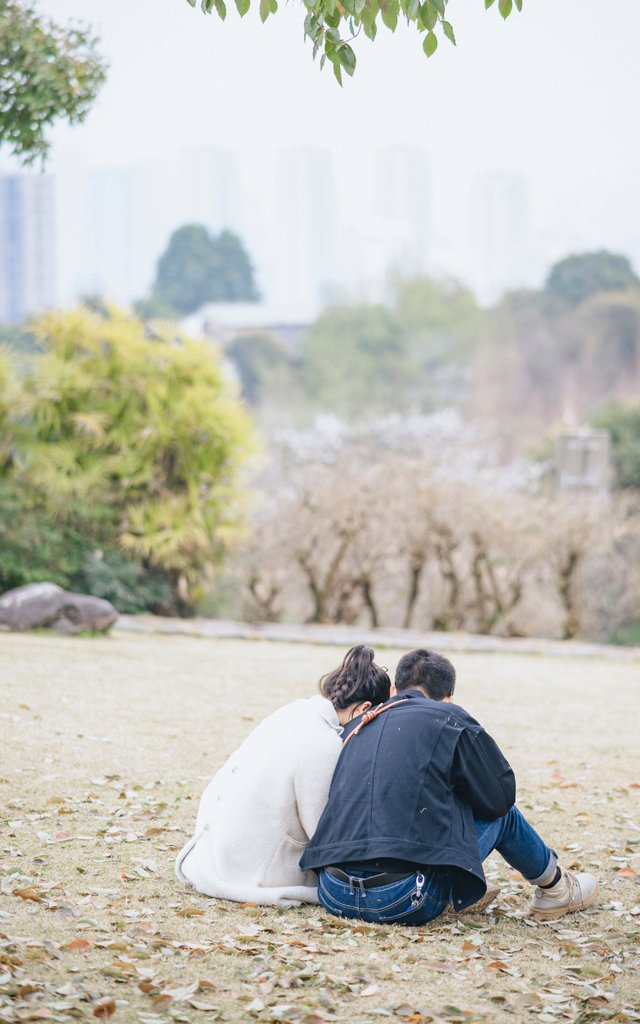
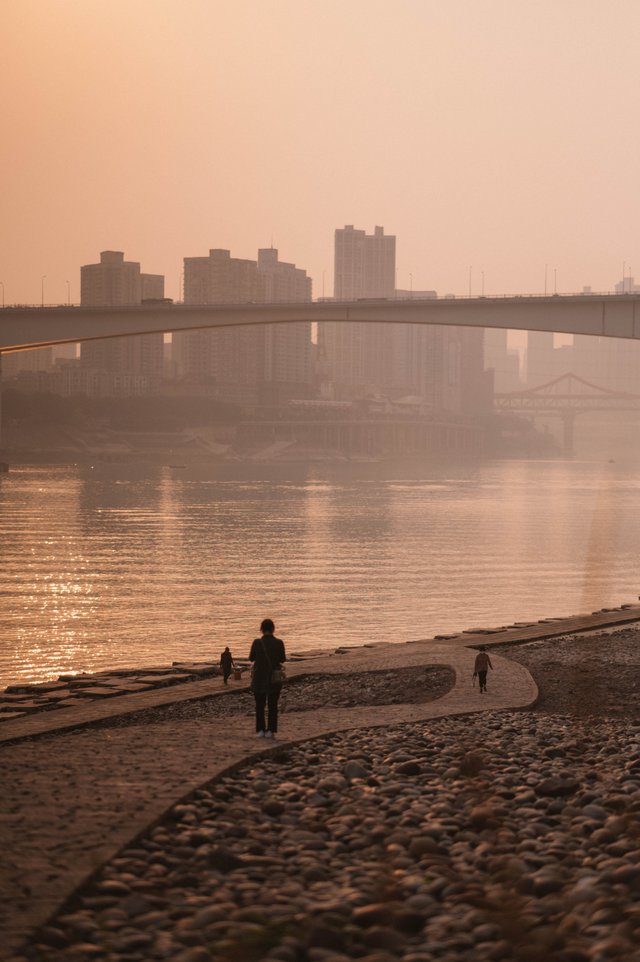
Another advantage is that with the combination of lens compression and a large aperture, a perfect bokeh of background presents, changing bland images into interesting and dreamy ones, while making the characters more prominent.

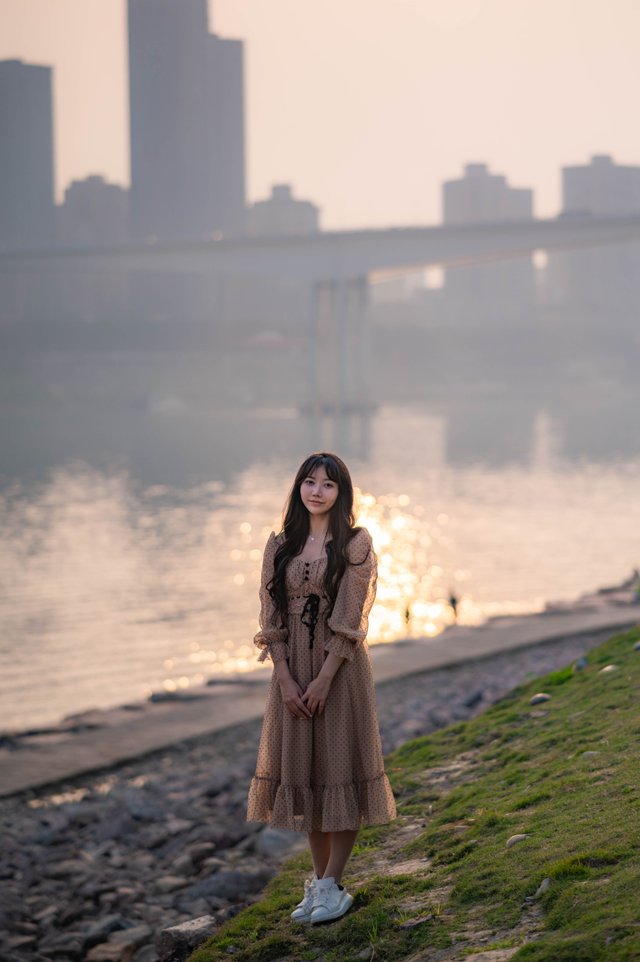


When we shot at f/1.8, “purple fringing” appears. However, users can remove it in post-production program. Or you can also shoot at f/2.8 and less, the quality will be improved.
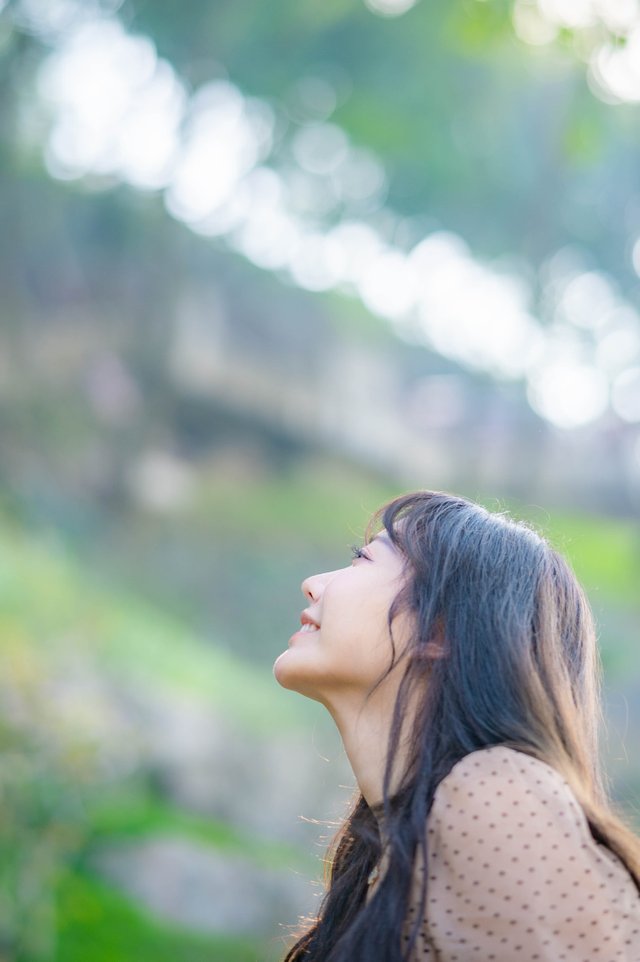
When we shot the sun from a low angle, lens flare happens as the angle changes. However, every coin has two sides, a good visual effect can be produced if used properly.
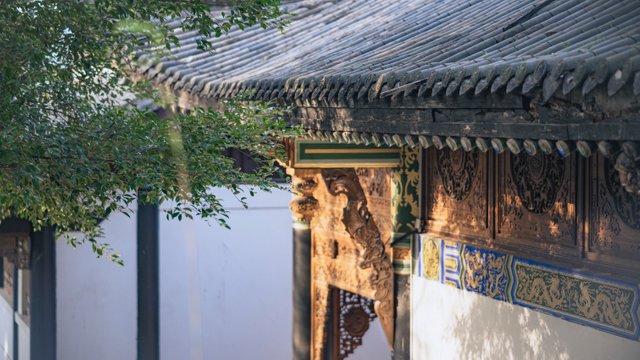
When shooting backlit portraits, you can reduce lens flare with the help of the lens hood and certain angles of shooting. The sample below clearly shows that the sharpness of the center performs relatively well, and skin texture will be further adjusted in actual photograph, so lens flare will not be a big trouble at all.

The autofocus lens can of course boast its swift and agile autofocus performance, nearly without out-of-focus or bellows focusing situations.
While it’s also necessary to mention that when shooting in low light, the focus process will be slightly slower. This, we estimate, may be related to the focus mode. If the human detection autofocusing used, there will be out of focus situation because of the inability to recognize the subject in dark background caused by backlight.
Nevertheless, its advantages outweigh these tiny disadvantages. For example, you can obtain noise-free focus whether during the still or video shooting from the support of a DFM focusing motor.

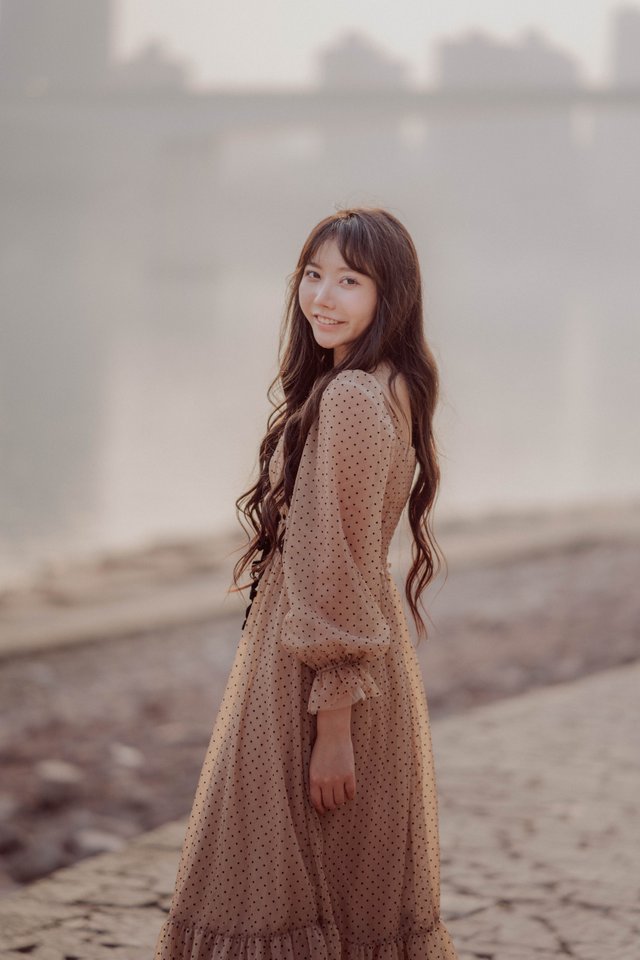
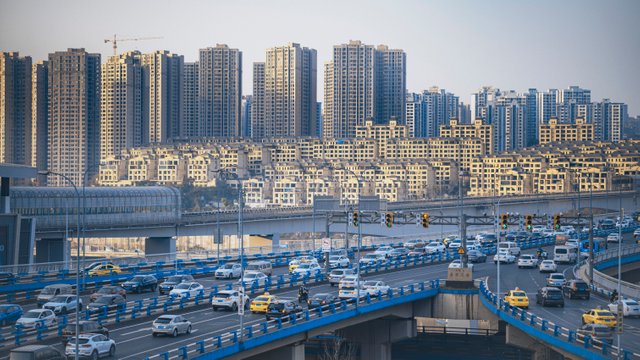
Summary
The YN 85mm f/1.8Z DF DSM is proved to perform well in terms of autofocus, resolution and portrait photograph in our tests. But it’s only available in China for now at 2199RMB (about $398), a good product at a rock-bottom price.

Image credit: @videogoal. All rights reserved.
